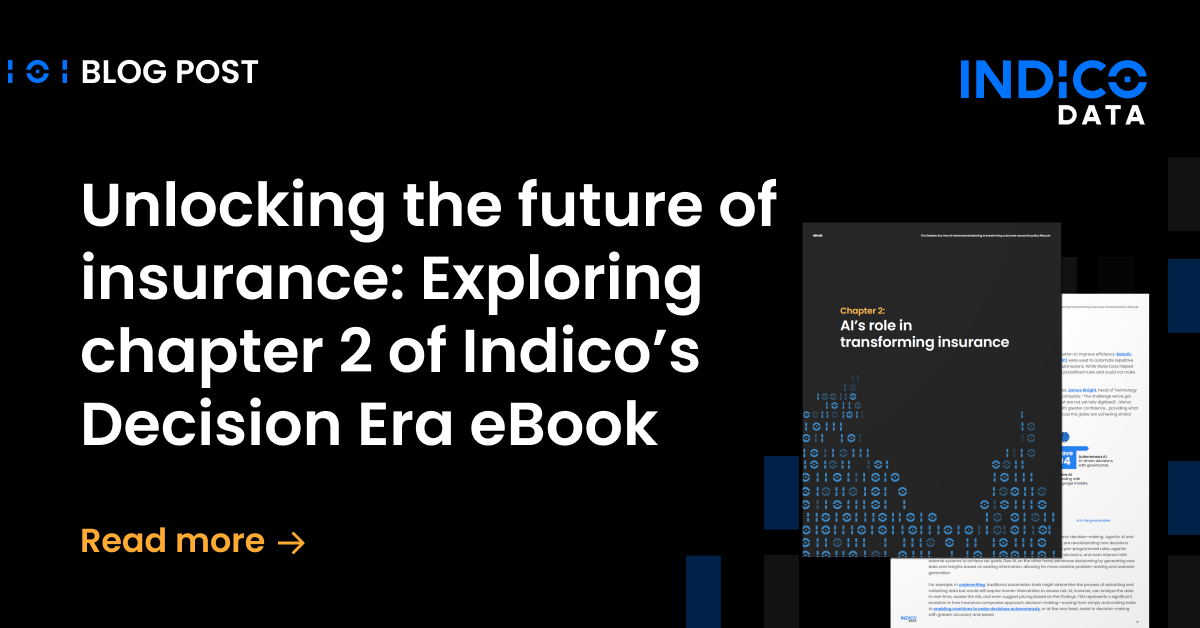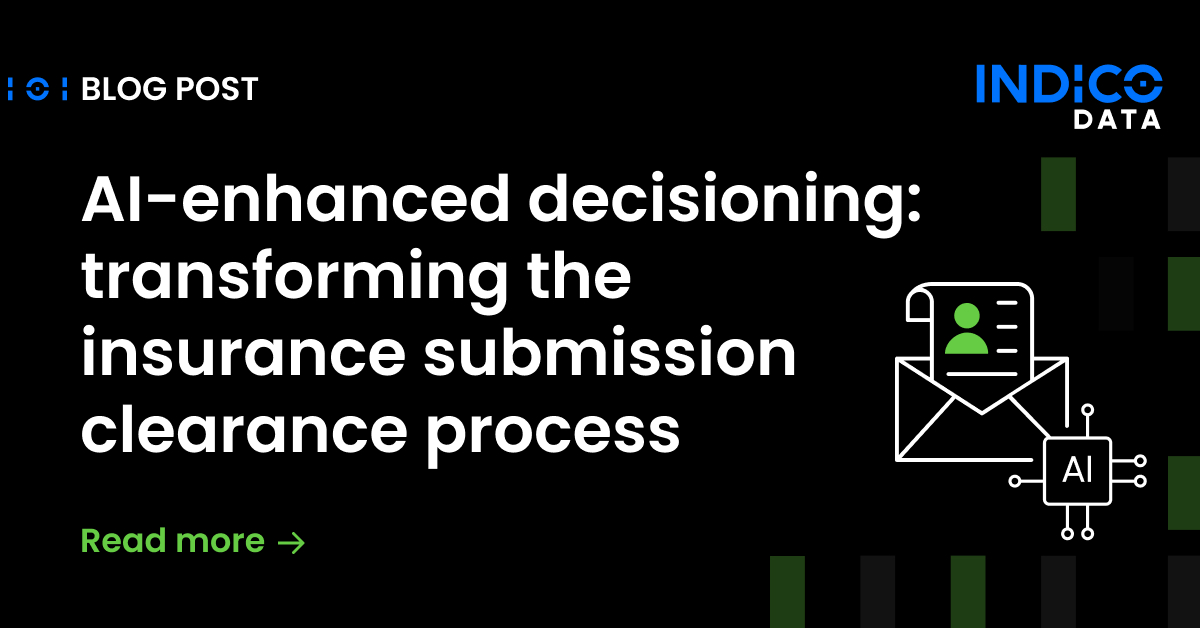Insurance companies have sought to automate the underwriting processes involved in issuing property and casualty policies. For a good reason: effective document underwriting can mean the difference between profit and loss.
Looking at data covering three decades, researchers at McKinsey found operating results have the most significant impact on a commercial property and casualty insurer’s overall financial performance. “And within operating results, loss ratio generates much more variability than expense: when comparing top- and bottom-quintile performers in both the United States and the United Kingdom, loss ratio varies by up to 28 percentage points, whereas expenses vary by just 2 to 4 points,” McKinsey found.
A good loss ratio, of course, is an indicator of sound underwriting practices and quality risk assessments. Today, effective risk assessments require using modern tools and technologies such as artificial intelligence for insurance underwriting to analyze as much data as you can gather on a particular market segment.
Getting to data-driven underwriting
But, the McKinsey report notes, many commercial insurance companies are hindered by legacy technology. “Based on our observations, anywhere from 30 to 40 percent of underwriting’s time is spent on administrative tasks, such as rekeying data or manually executing analyses,” the report says.
With technology rapidly evolving, McKinsey predicts a brighter future for underwriting process automation. Application programming interfaces (APIs) enables connections to all manner of data and tools, ultimately resulting in a “fully digital workflow” where underwriters have easy access to data needed to make sound risk assessments. Getting there is not without its challenges, however.
“One challenge has been the translation of business requirements into practical technical specifications that are fit for purpose and accommodate the complexity inherent in commercial underwriting,” McKinsey says. “Another challenge has been sourcing the required talent and capabilities to fuel transformation.”
Related Article: How Intelligent Automation Helps Insurers Streamline Enrollment Processes
Intelligent automation in insurance underwriting
Translating business requirements into functional technical specifications is a challenge. It’s why many AI projects fail because things get lost in the translation between the business people who understand how processes work and the data scientists who try to automate them. And the data science talent shortage is a topic we’ve written about in the past.
The solution to both issues is an insurance process automation solution used by the business folks who perform the insurance underwriting process and understand it inside and out. These are the people who know where those administrative tasks lie, the ones that are chewing up 30 to 40 percent of their time – the sort of processes that are ripe for underwriting automation.
Another key is an automation solution that handles the varied document types involved in a property and casualty underwriting process, including property assessments, credit reports, Dun & Bradstreet reports, motor vehicle records, and more. It’s unlikely that a robotic process automation (RPA) or templated tool using optical character recognition (OCR) will be able to deal with the variation inherent in these documents. RPA for property and casualty insurance underwriting hasn’t been a success story. What’s required is a tool to handle unstructured content; documents that don’t necessarily follow any given pattern or structure.
Indico creates citizen data scientists
Indico’s Intelligent Process Automation platform delivers on all of these fronts. Our database of 500 million labeled data points, along with natural language processing capabilities, the platform understands the context of documents and “reads” them like a human would. Then it’s a simple matter for the tool to extract required data and input it into a downstream platform, such as one that insurance underwriters use to assess risk.
The Indico intelligent automation platform used by business people, turns them into “citizen data scientists.” They use the AI platform to train models by labeling actual documents involved in the underwriting process, denoting the fields for extraction. Labeling just a few dozen documents will produce a model that performs with extremely high accuracy.
Such tools will remove many of the mundane tasks involved in underwriting, leaving more time for analyzing where the real value – and insurance company profit. To see for yourself what the Indico IPA platform can do, we encourage you to arrange a free demo. Or, if you have any questions, feel free contact us.


